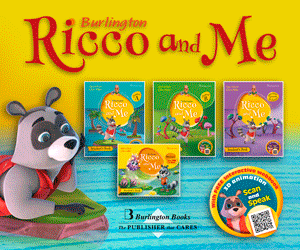For good reasons, schools across the country are making the shift to 21st-century learning. If you're a parent of school-aged children, you've likely heard this phrase. Today's students need to master a new set of skills that will prepare them for the challenges and changes ahead. Being ready for college and careers means not only learning important academic content, but also knowing how to collaborate, think critically and creatively, and use technology tools to communicate.
Rote learning and memorization won't help students become nimble, creative thinkers who can work well with others. Instead, schools that embrace 21st-century learning are creating opportunities for students to practice these critical skills through technology-rich experiences. Project-based learning gives students a chance to solve real-world problems while learning what it takes for teamwork to work well.
To help parents get a better picture of what effective 21st-century learning looks like, Edutopia has just published a free guide. A Parent's Guide to 21st-Century Learning is available to download at no cost.
Along with examples of engaged learning from elementary, middle and high schools, parents will also find suggestions for new ways they can get involved in their children's learning. If you think volunteering at school means bringing cupcakes or chaperoning field trips, you may be in for a surprise!
Here are just a few examples:
- If you're a parent who travels occasionally, arrange to Skype with your child's classroom and offer a parent-on-the-street report or tour from another part of the world. Skype is a free service that uses the Internet for voice or video conferencing. Many teachers use Skype in the Classroom to find partners for projects that extend learning beyond the school and even across time zones.
- In schools that are involved in project-based learning, students often need to consult with outside experts. Volunteer for this role and share what you know. It's a short-term way to connect with the classroom. In the process, you'll get a better appreciation for the deep learning that takes place during challenging projects.
- Find out if your child's school uses collaborative tools like Edmodo, Google Apps or wikis. These technology tools offer parents a window into classroom activities. Some teachers even invite parents to comment on students' blogs. Ask teachers how you can use online tools to connect with students.
- Start a discussion group at your school to help fellow parents understand how education is changing -- and how they can help. You might plan a book talk or host a screening about a film that focuses on new ways of learning. Check the parent guide for suggested resources to help you learn more.
Suzie Boss
edutopia.org
"Originally published (publication date 3/4/12 ) © Edutopia.org; The George Lucas Educational Foundation."




